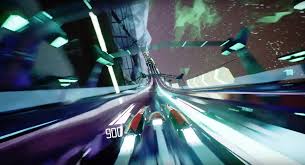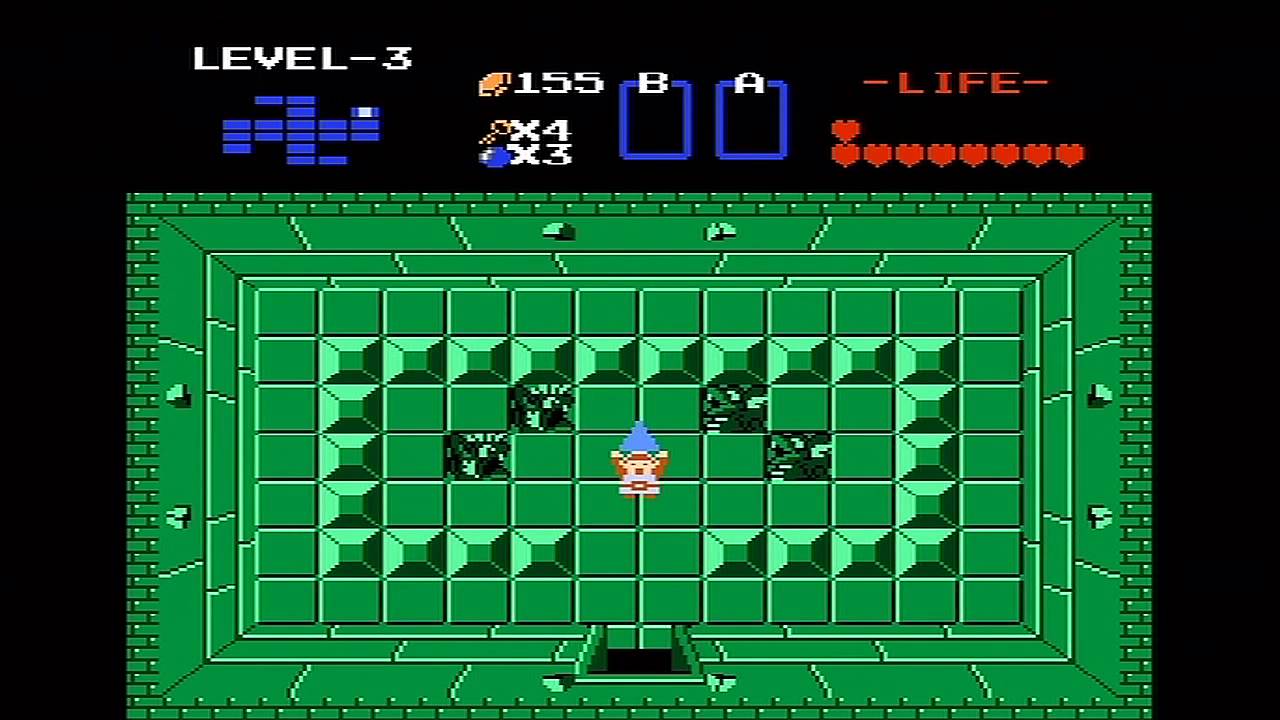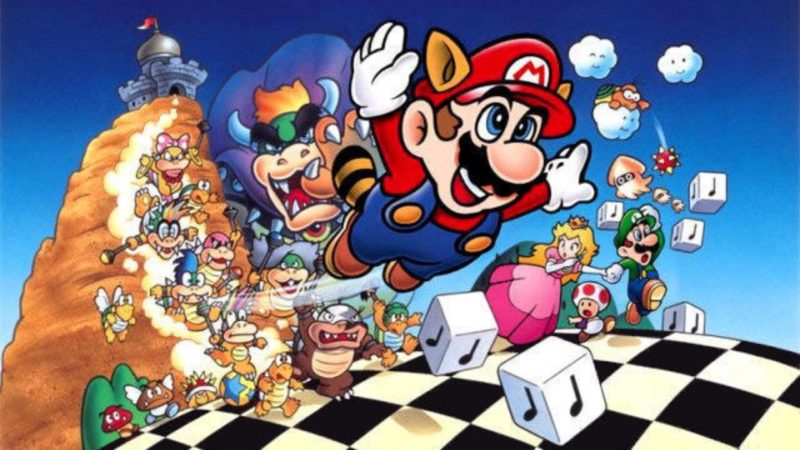If I’m not mistaken, many of us remember things fondly. That particular place, this particular song, that particular person-whatever the thing, it triggers a memory laden with a thin, fading gold. In remembering we fondly mourn the flakes of olden times. And the spell that entrances us is rightly called retrospect. In retrospect we literally see backwards. And a recent trend in video games might be an attempt to do just that, turn back our eyes to some past time. Retro gaming is making a comeback. While it might be too soon to call it such, the resurrection of retro gaming might be understood as retrospection; or, more precisely, revolution.
Define ‘Retro’
Before I progress, what do I mean by ‘retro gaming’? By retro gaming, I mean games that are old or look old. This definition includes both classics (Final Fantasy) and neo-classics (Shovel Knight). Among other things, this older style of gaming exhibits simplicity, art, imagination, and the value of play over visuals.

From Classic to Modern
To appreciate the resurrection of retro gaming, one must appreciate its death. Game development in recent years has driven toward realism. To make a game better, it must be realistic. This realism took the form of stunning visuals, attention to annoyingly minor details, and giving the player more choices than limitations. To illustrate, consider Final Fantasy and Final Fantasy XV. A lot has changed. Gameplay in FFXV is more sophisticated, the world seems more finely and punctiliously tuned for exploration, and players can almost do whatever they want in this gargantuan space. All this is for realism. It’s to immerse the player in the gaming experience. In short, game developers favored texture over substance, polygons over pixels.
From Modern to Classic
But are immersion and realism why we played games in the first place? Cue the resurrection of retro gaming. Soon, Sonic Mania, a revival of classic high-velocity Sonic platforming, will hit the shelves. On November 2016, Nintendo released the NES Classic Edition. This console, they said, would play up to (and only) thirty games, including Legend of Zelda, Final Fantasy, and Super Mario Bros. 1-3. But retro gaming loomed in the background of modern game development sooner than last year.
Back in 2004, commemorating the Famicom’s 20th anniversary, Nintendo re-released over thirty NES classics for the GameBoy Advance. Also, during its lifespan, the Gamecube acquired an adaptor. This adaptor allowed players to play their GBA and games on their TVs. If players had NES classics for their GBA, they could now experience them on the big screen. Moreover, the Wii sold retro games in their store. Within the last twelve years, it seems, players have not outgrown these retro games. We still enjoy them because something draws us to them. Though, there are always places to find old ROM versions of classic games for older systems for free. Like NES? well, you can get Free NES ROMS here.

There and Back Again…But Why?
So, why do they keep coming back? Or, more appropriately, why do they never stay dead? There are several explanations for this. Some say it’s purely sentimental. People love retro games, they say, because they have fond memories of these games. They want to go back and relive those memories. I think this explanation, while true, begs the question. Why do they want to relive those memories? What was so good about these games?
Another explanation would be that the games were good for their time. We have yet to outgrow them. Such folks, on this view, would be less likely to appreciate modern games. This, I think, is chronological snobbery. While in some sense retro games are ‘primitive’ and ‘good for its time’, that doesn’t explain why people of later times keep coming back to it. People might return to these games because they’re simply good games. Goodness endures. They’re good, I think, because they often tap into our deeper desires in life. Games are not about keeping up with the times. It might be that we’re going back to retro gaming because we’re tired of keeping up.

Supply Without Demand
One major factor might contribute to this recent resurgence of retro gaming. It is an economic factor. We sense when a game is rushed or unfinished (like Sonic ’06 or Sonic Boom). But major companies often capitalize on player demands. Both instances create a sense of artificiality in the product. One of the reasons games like NES Remix Pack seem artificial is because it seems disingenuous. We know this from the game’s content. There isn’t much to do and, ultimately, it isn’t what we wanted. Nintendo just capitalized on a misunderstood demand for retro gaming.
This sense of artificiality might explain the rise of retro games from independent developers. Responding to the lack of ingenuity, care, and art in modern games, independent developers began releasing games of their own. Games like OneShot, Undertale, and Shovel Knight remind us of what made retro games enjoyable: simplicity, creativity, and personality. In short, things most contemporary mainstream games lack and what unfinished games could have had. What matters nowadays seems to be deadlines and capitalizing on demand. But we’d much rather developers take their time because we can’t wait.
Conclusion
In sum, retro gaming has come back from the dead. Maybe it never really died. They have come back to fore, it seems, in response to the boring realism of modern games and artificiality of some re-released games. Sometimes in our pursuit for the next best thing we forget the next best thing might be behind us. Paradoxically, going back might be our only way forward.




